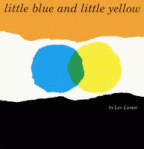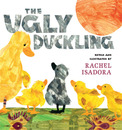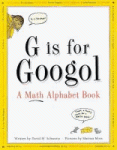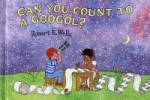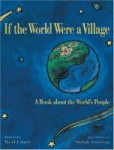 This past week Grade 1-5 classes have watched the animated version of the story If the World were a Village by David J. Smith and illustrated by Shelagh Armstrong. We found the DVD version entertaining and easier to understand. It is difficult to imagine 7 billion people on the planet and we really liked the way the animated version helped us to understand world statistics by reducing the population to 100 people. We learned about world languages, religions, schooling and resources such as food, water and electricity. Learning about this helped us to appreciate what we have.
This past week Grade 1-5 classes have watched the animated version of the story If the World were a Village by David J. Smith and illustrated by Shelagh Armstrong. We found the DVD version entertaining and easier to understand. It is difficult to imagine 7 billion people on the planet and we really liked the way the animated version helped us to understand world statistics by reducing the population to 100 people. We learned about world languages, religions, schooling and resources such as food, water and electricity. Learning about this helped us to appreciate what we have.
Here’s a short clip of the 20 minute animated story:

